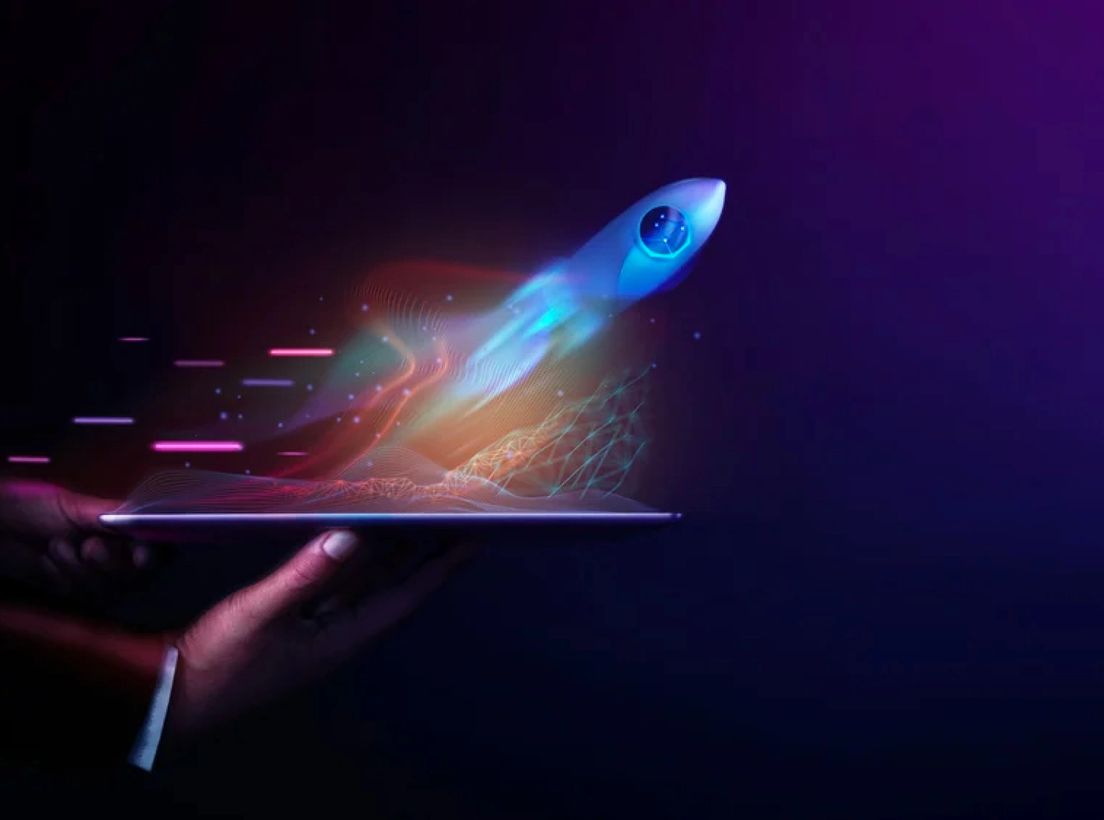MACH stands for Microservices, APIs, Cloud and Headless.
As a long-term digital partner for large B2B organizations, this is the approach we use for tech that currently works well, is well-organized and easily maintainable, and will continue to be all those things 15 iteration rounds from now. Without the 'spaghetti' or unmanageable 'monoliths' that tend to arise after a few years of rapid innovation.
A seamless omnichannel experience for the user. Shorter time to market. More scalability and flexibility in offering digital channels. Freedom from vendor lock-in and data silos. Fewer dependencies between teams and departments. These are the most common aspirations of digital teams in B2B. To realize them, you will need a software architecture that supports them. We found one in the MACH design.
The components of MACH
The components of MACH are not technical building blocks but rather logical concepts that combine into a powerful thinking framework for developing complex digital customer journeys with several different front-ends and data sources.
- Microservices: We build, test, deploy and manage each piece of the business process separately. This involves more work, but it keeps you robust and flexible.
- APIs: All functionalities and data are available through application links and can be used in multiple processes. This promotes reuse and ensures that you never have to build anything twice.
- Cloud: For us, the cloud is more than storage and hosting. We create your new system in a cloud ecosystem and use existing SaaS solutions where possible. But we always choose the best one (that fits the budget).
- Headless: With MACH, the presentation layer (apps and websites) and the underlying functionality (data and business logic) are always detached, so we never have to change databases or APIs when we update an app or launch a new website. If necessary, we can thus combine different programming languages, frameworks, or legacy without problems.
With MACH, no specific technology is chosen yet. On the contrary, it makes it easy for different technologies to work together smoothly.
Become future proof, step by step
MACH is not something you should rush into, and there is no need for this to happen either. You can introduce this new architecture step by step. Make sure to build new front-ends detached from the start and add APIs for the data you need. Initially, only migrate functionalities for which this is necessary and practical.
This removes dependencies between Marketing and Development and offers both parties more freedom to make adjustments and additions.
Budget is also a consideration here. You will want to spend your money where it pays off, so it makes no sense to spend on a total overhaul of your IT landscape right from the first app. Therefore keep it light and agile: collaboratively determine with all stakeholders where the most value is currently gained, build in a future-proof manner and put the remainder of the work on a roadmap.
New skills will be required as well
In the end, technology is just a tool. Without professionals to use those tools properly, they are useless. Changes are needed, not only technically but also from an organizational point of view. For example, to be successful in B2B commerce, you will need data marketers. They can apply the data to find opportunities for innovations and new business models. Developing these is an iterative process. To shape this, you will need marketers, developers and administrators who can work in an agile environment.
Data is at the heart of all decisions. However, the fastest way to collect data is to experiment. And thus to fail. Not every organization is prepared to see a failed experiment as a learning experience and data source.
Your brand will also change, as digital interaction requires a different language: different copy, a different rhythm and images. B2B organizations often have to adapt to this: switching from brochures and manuals to user experience and apps.


